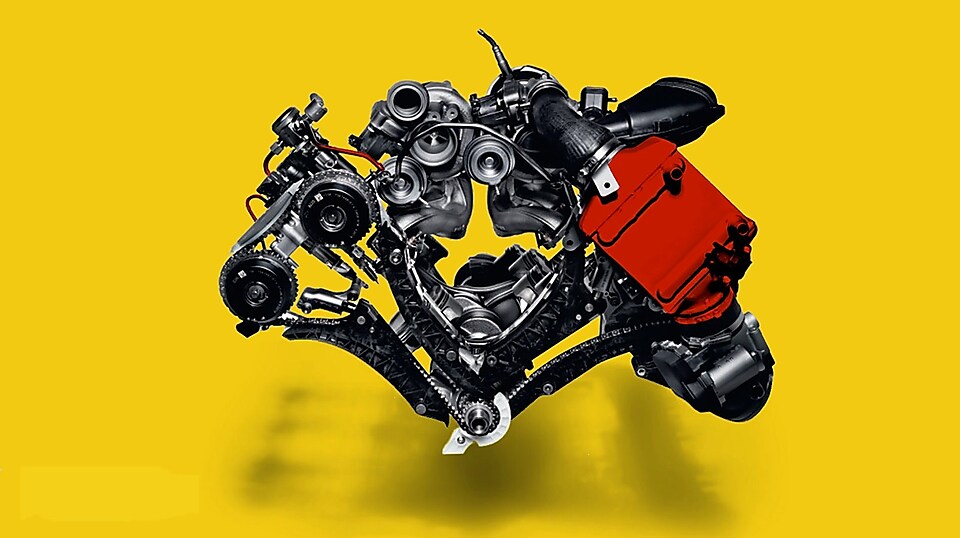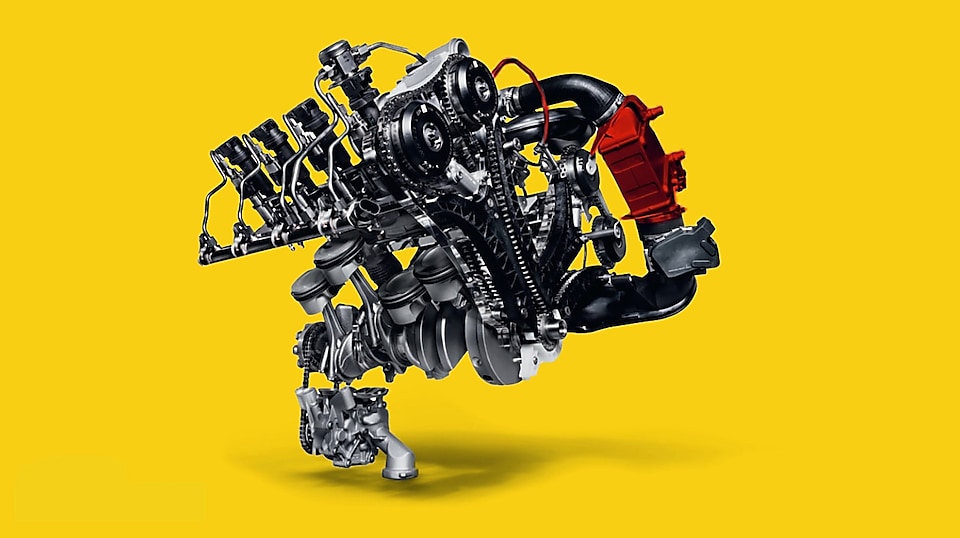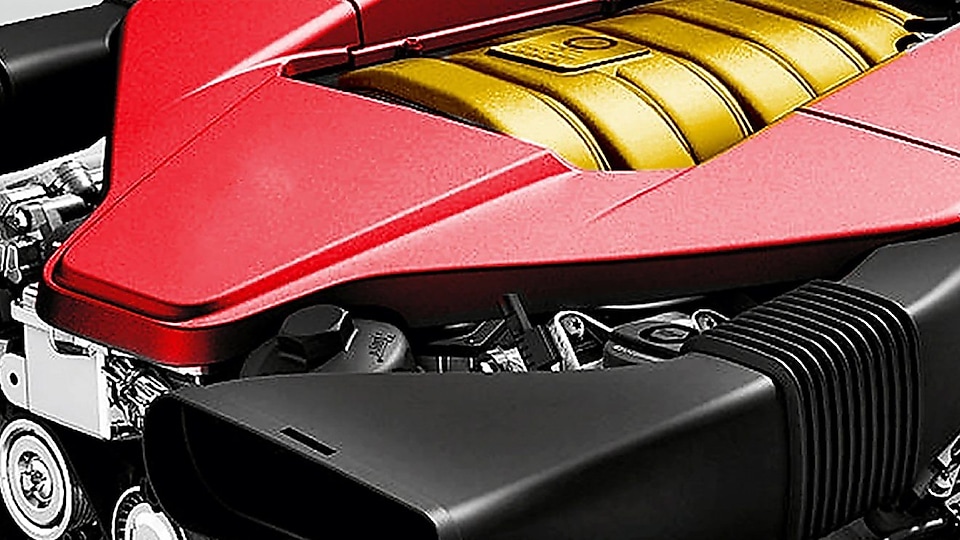Step one
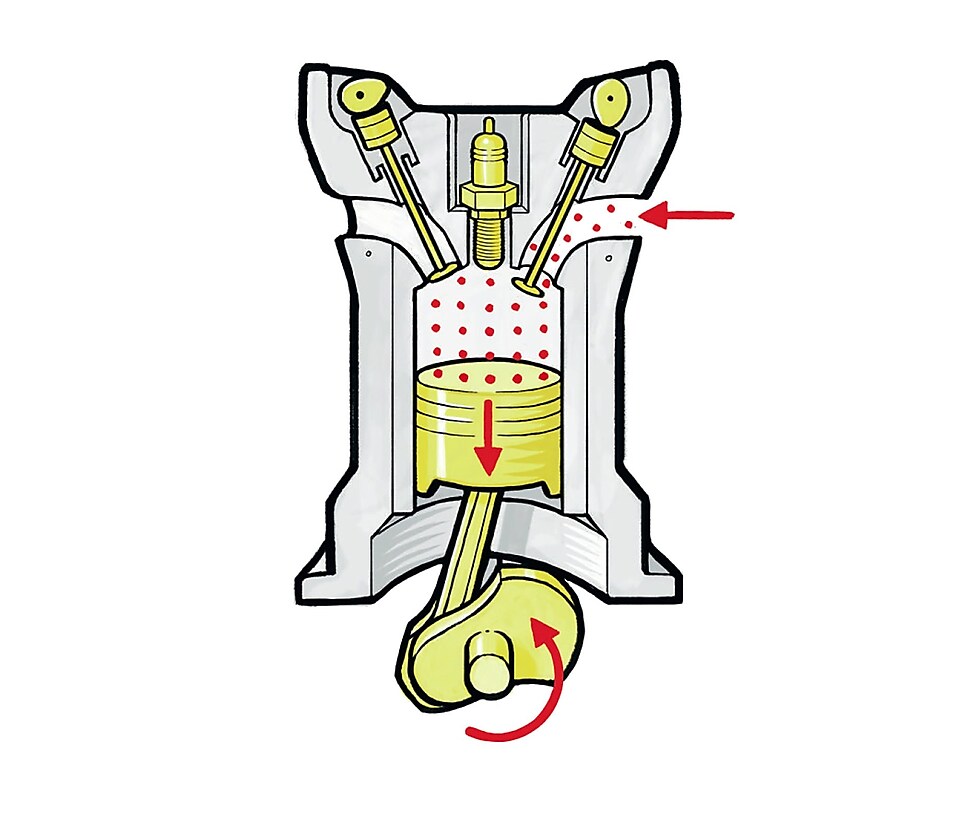
Let’s get to grips with how a conventional port fuel injection four-stroke petrol engine works.
1. The inlet valve opens as the piston is about to descend, sucking in the mixture of fuel and air.
Step two
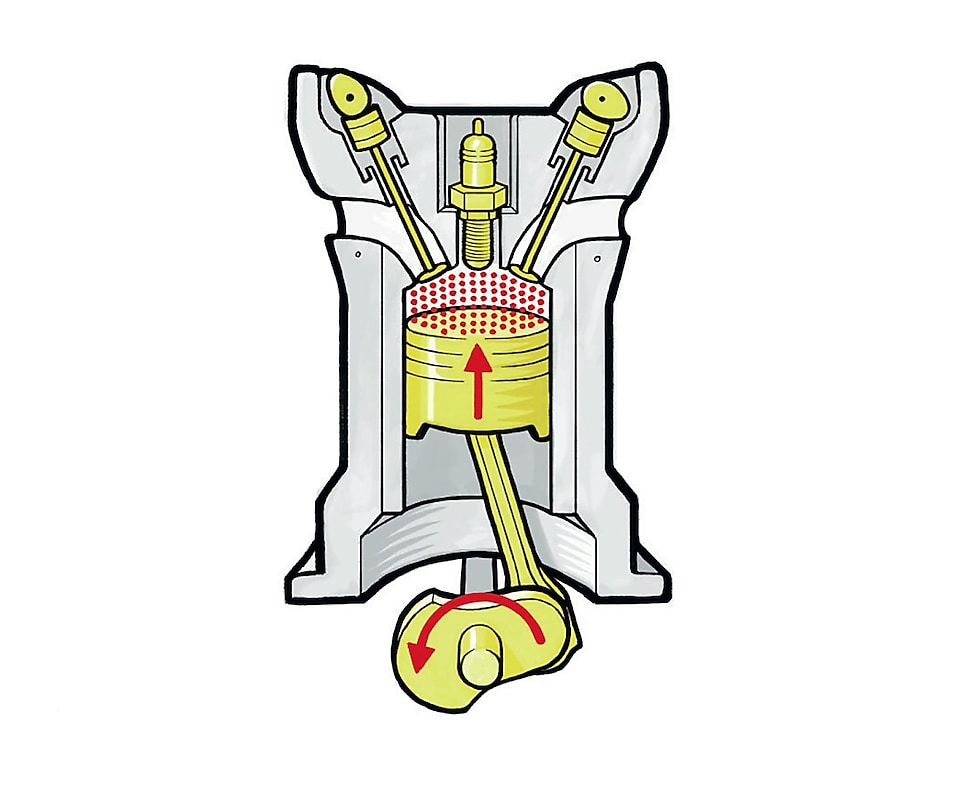
2. With both valves now closed, the piston rises upwards, squeezing the mix of fuel and air.
Step three
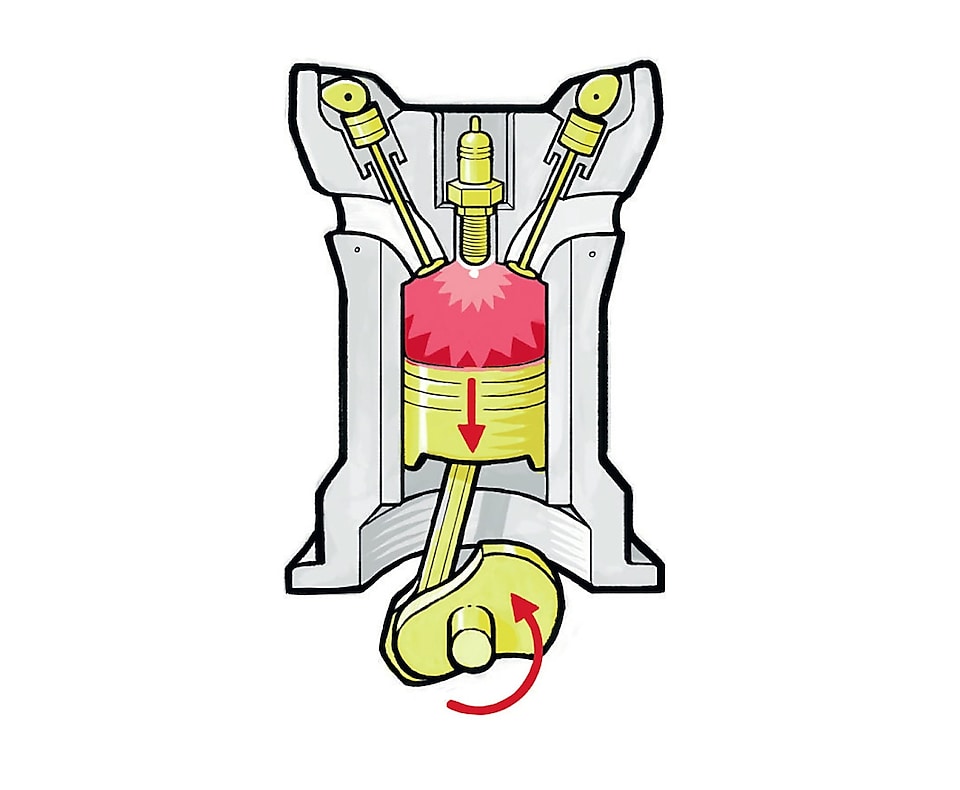
3. Just before the piston reaches the top, the fuel and air mix is ignited by the spark plug.
Step four
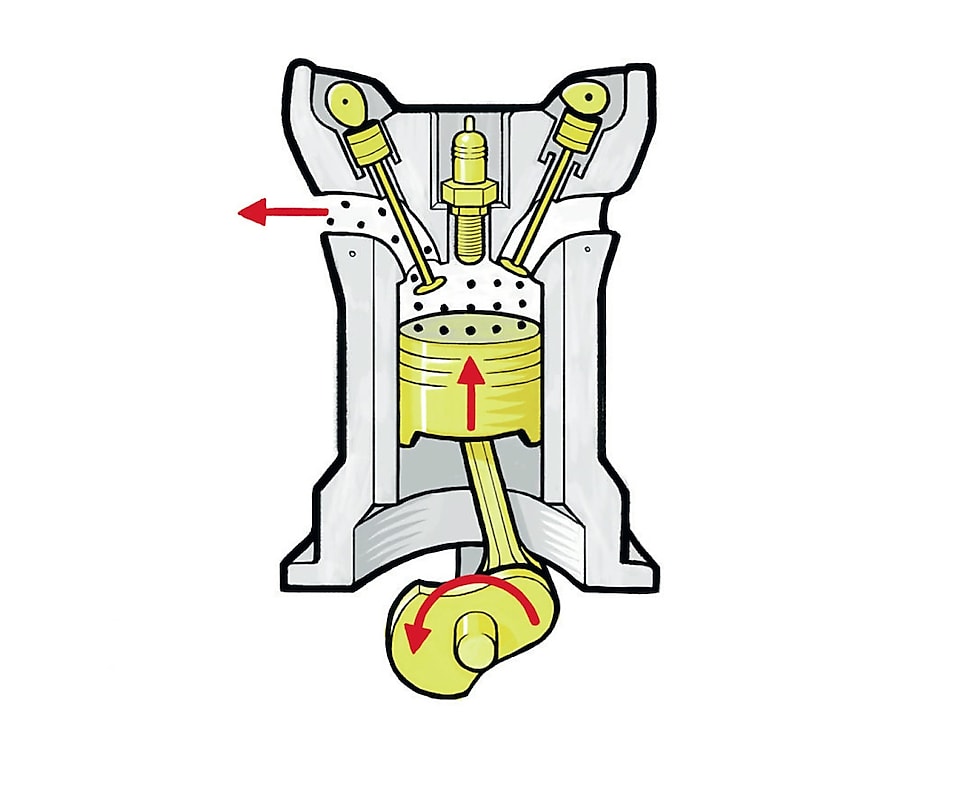
4. The exhaust valve opens and the piston rises back to the top, expelling the burnt gases.
